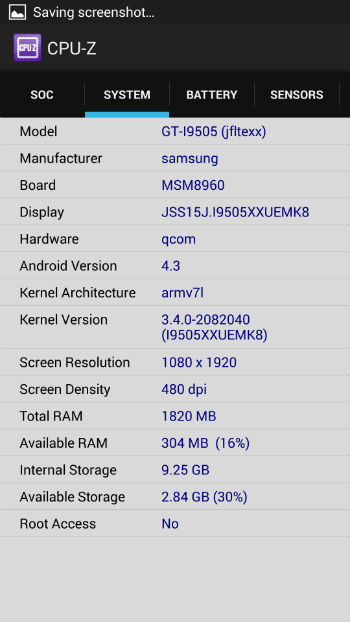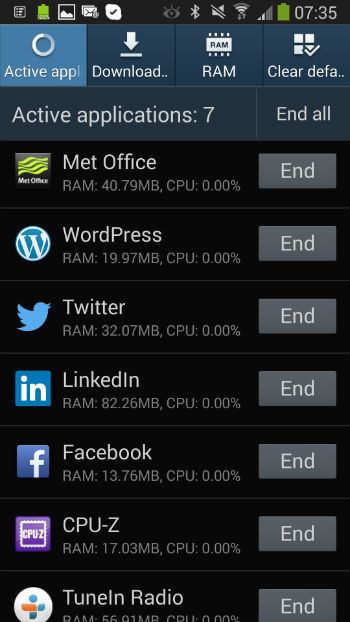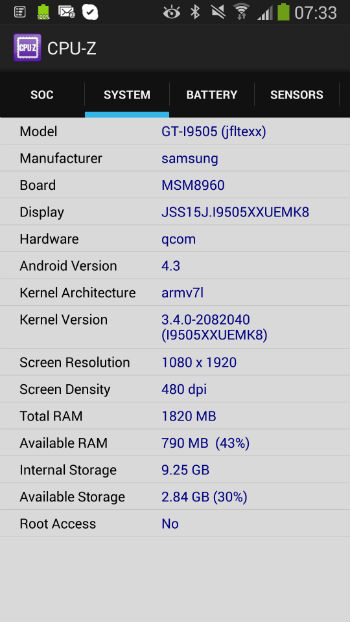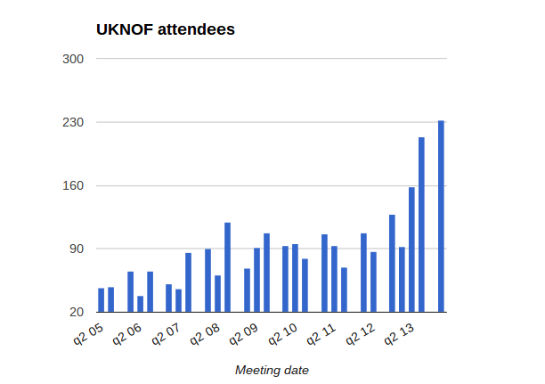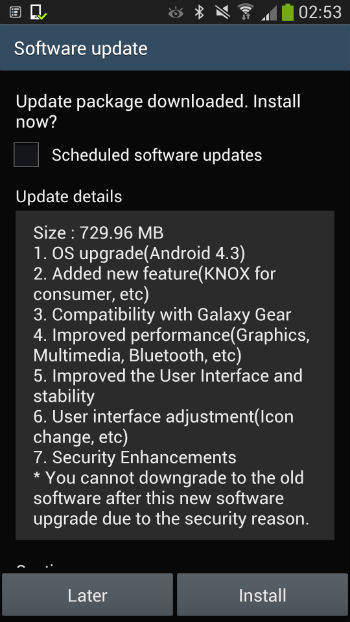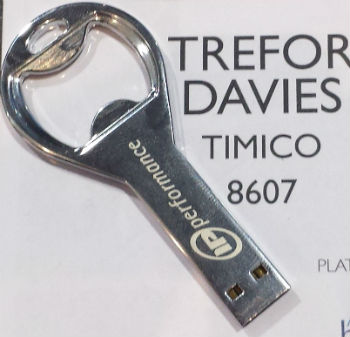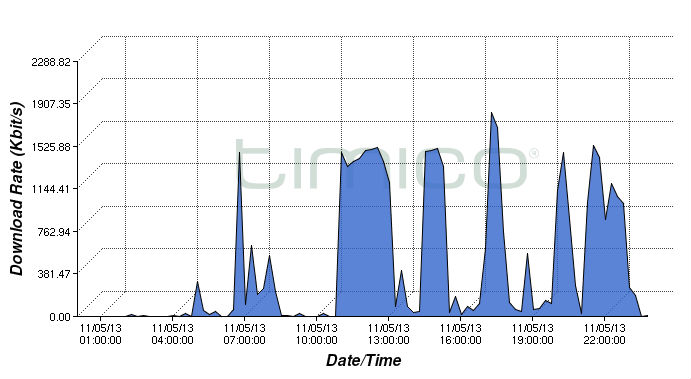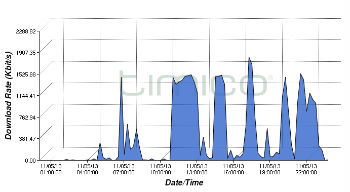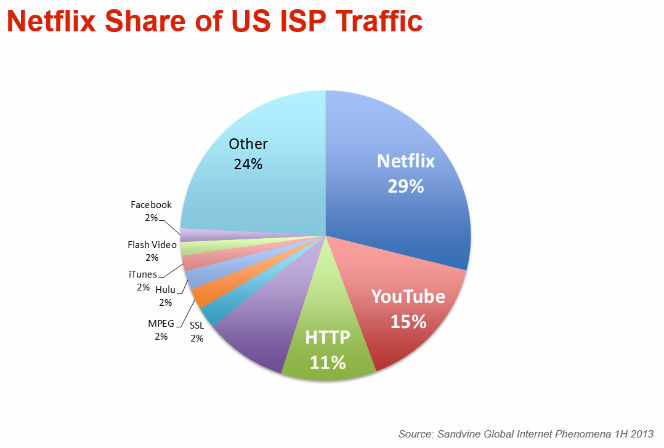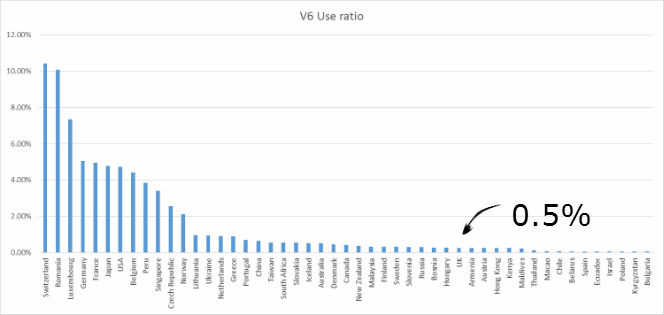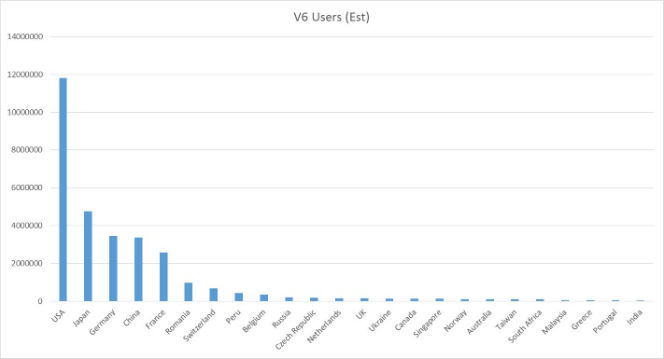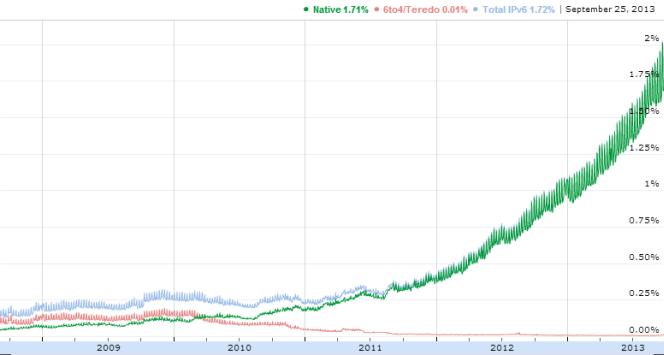Worked from home yesterday. Weather was pants. Didn’t really matter. I lit a nice coal fire and sat in the front room doing stuff.
Here’s a vid of the snow falling in my back garden. It didn’t stick. The noise is water falling off the tree above the conservatory roof.
This morning I went for a swim and then walked down to the office. I vary my route and today’s took me past the old graveyard in Park Street. It was bitterly cold though that didn’t matter moving along at a briskish pace.
The graveyard was covered in snowdrops. Most of the gravestones have lain flat for years and are covered in moss or lichen. The prominent exception is the one in the photo which is more of a tomb-like structure.
Very poignant I thought. A symbol of death in the depths of winter surrounded by new growth and optimism.
That is all.
PS Good word, briskish.
PPS YouTube was playing up a bit this morning – had to load the video twice. Also the video was taken using an Android phone (SGS4) but YouTube told me processing would be quicker if the file format used (mp4) was compatible with their recommended streaming codecs (mp4!).
I know someone is going to come along now and tell me it was a specific flavour of mp4 with green spots and chilli spice topping.







